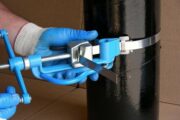In many types of construction work, you’ll find cases where there are gaps and cracks that need to be sealed. And not only for aesthetic purposes but also sustaining structural integrity, like gaps between concrete walls that may expand or contract under different temperatures. Similarly, in cracks and gaps in window panes where the cheap sealant has degraded over time resulting in unwanted drafts or water leakage. To avoid the protrusion of gasses and liquids, two surfaces of the same or different materials can be sealed to make a water and airtight joint.
The basic materials used in sealing applications are sealants and backing rods. Sealants consisting of different materials and with different properties are used to seal different types of surfaces. To avoid the high costs of an expensive sealant, and to provide for a better sealed joint, larger and longer gaps may also require a backing rod. To apply the sealant, you’ll also need basic tools like caulking guns, and a putty knife to insert the backing rod and create a smooth finish.
Types of Sealants
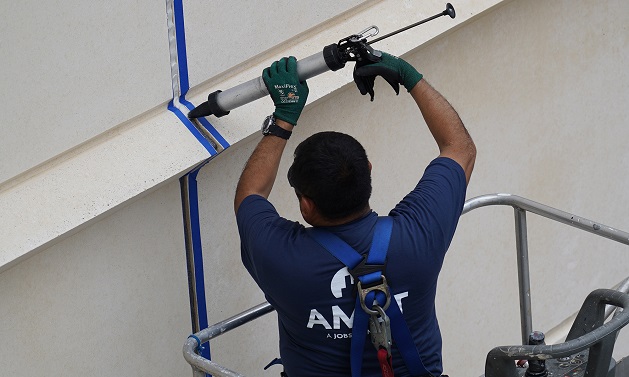
Sealants are a commonplace sight in large construction projects and in small home repairs. They are used to fill small gaps and openings where other materials like concrete or timber are generally unsuitable. Sealants are made of different chemical compounds, suitable for sealing a variety of materials both indoors and outdoors.
Silicone Sealant
Silicone sealants are the most common type of sealant used today. They are flexible, weatherproof, protect against mould and mildew, are easy to apply, and cure quickly. They are extremely durable with a long lifespan. They are, however, a bit pricey compared to other household sealants. Silicone sealants are used in bathrooms and kitchens for sealing baths, showers, tiles, sinks; in roofing for sealing roof cladding, gutters, tubing; for sealing around windows, cabinets etc. The downsides are that most household silicone sealants cannot be painted over. To give you a pleasant finish, manufacturers sell sealants in colours that match your application. Industrial silicone sealants provide high viscosity, heat and UV resistance, and better durability for large outdoor applications.
Polysulphide Sealant
Polysulphide sealants are used for horizontal joints in large industrial applications like roads and airfields. They are less prone to changes in temperatures, are fire, chemical and UV resistant, and have high flexibility and durability. Polysulphide sealants may contain volatile chemicals and are best used by professionals.
Polyurethane Sealant
Polyurethane sealants are high-strength, flexible, water-resistant sealants with good adhesion. They are used in sealing joints between concrete blocks, joints in aluminium pipes, ceiling ventilation, car windshields, etc. Polyurethane sealants give you the option of applying acrylic paint. Other sealants are also used. Acrylic sealants protect from dust and insects, ideally with wood. Water-based latex acrylic is used to seal small gaps where there is minimal movement.
Backing Rods
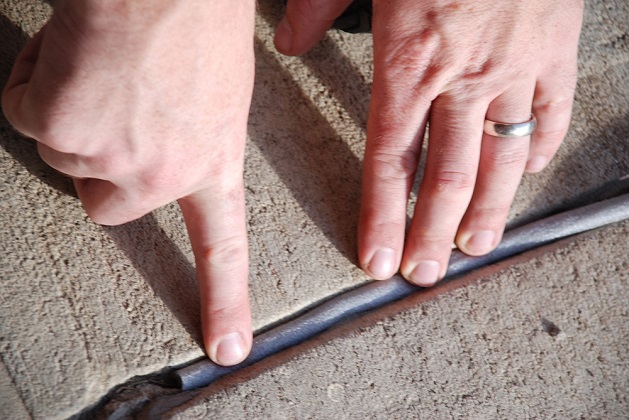
Where there are wider and longer cracks, the sealant is combined with backing rods. Backing rods are rounded pieces of elongated polyurethane foam, that when placed in the openings or gaps provide a ‘backing’ for the sealant, resulting in better, more stable seals. The rod distributes the sealant evenly along the entire length of the gap, allowing it to settle and dry quickly. Besides saving time for any needed tooling afterwards, backing rods are also cost-effective, meaning you use smaller amounts of expensive sealants.
Backing rods are sold in different widths to suit your application. The desired length is easily cut to fit the gap being sealed. Rods come in three types: open cell, closed cell or hybrid backing rods. They can be used interchangeably, but different types are preferred in certain cases.
Open Cell Backing Rods
Open cell rods are made of softer, more flexible foam that is also ‘open’, or breathable. This breathability lets the sealant cure evenly on both the inner and outer side of the gap much faster. The downside is that it also lets in water, so they should not be used in sealing flat or horizontal joints, where water can protrude into the undried sealant. Open cell backing rods are used in various scenarios like expansion and contraction joints, window glazing, curtain wall construction partitions, parking decks and bridge construction.
Closed Cell Backing Rods
Closed cell rods are denser, less flexible pieces of polyurethane foam and are not permeable or breathable like open rods. Their outer shell doesn’t let water through, allowing them to be used in places where water or moisture is an issue. Sealants will easily stick to the surface of the open rod, providing for a better bond. Closed cell backing rods are ideal for outdoor uses like glazing, window and door installation, expansion joints, log construction, pavement joints, etc.
Hybrid Backing Rods
Hybrid rods have the permeability of their open cell cousins with the closed outer lining of closed cell rods. This makes them an all-purpose rod applicable to any sealing job. They are the ideal backing rod for avoiding sealant bubbling, or when using self-levelling polyurethane sealants. Besides for sealing purposes, backing rods add an additional layer of insulation, fire resistance and in the closed cell variant, water resistance.
Expanding Foam
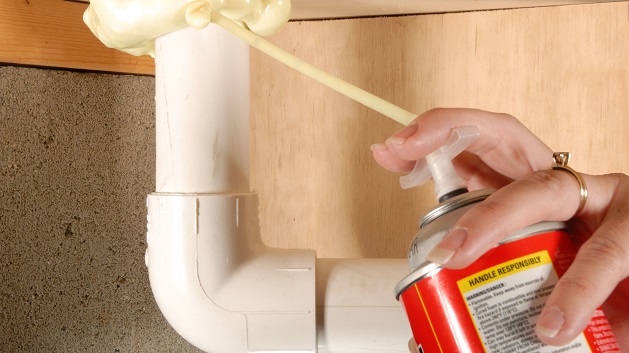
To seal small, irregular cracks and holes around the house you can use expanding foam. The foam expands when applied through a gun. The seal is water and heat resistant, making expanding foam ideal for filling wall cavities, cracks in window panes and doors. Dried foam serves to insulate, and has a long lifespan if not subjected to direct sunlight.
Buying Sealant, Backing Rods and Foam
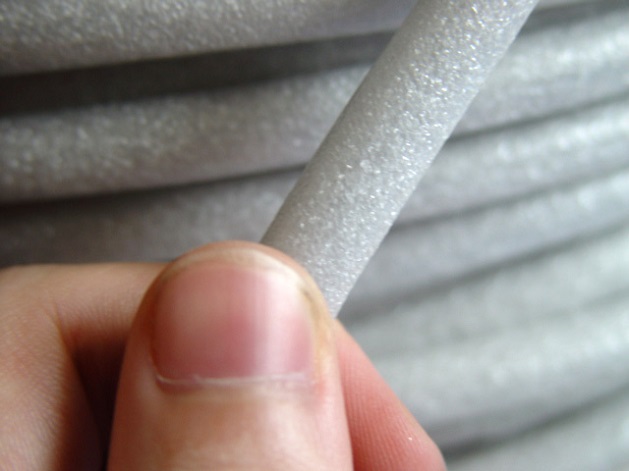
You can find most silicone sealants, basic backing rods and expanding foam for household use in general hardware stores. A quick online search will show you the closest stores. Specialised industrial sealants, however, are found in specialised stores. If in doubt on what sealant to use, professional salespersons can give you advice, just mention your intended use. Prices vary among different brands, especially polyurethane sealants. Similarly, ask for advice as to when and how to use backing rods or about any safety issues around a particular product. You can also find adequate guns for sealants and foam, and any tools you might need for the perfectly sealed finish.

